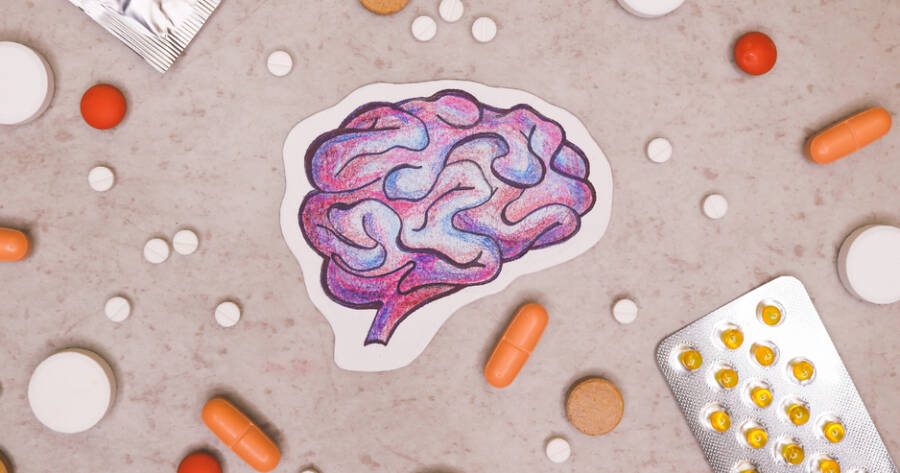Tardive dyskinesia (TD) is a neurological condition that can arise as a side effect of certain medications, particularly antipsychotic drugs used to treat mental health conditions like schizophrenia and bipolar disorder. Characterized by involuntary, repetitive movements, TD can affect different areas of the body, including the face, limbs, and torso. While not all individuals taking antipsychotic medications will develop TD, recognizing its symptoms early could help in managing the condition more effectively.
Symptoms of Tardive Dyskinesia
The symptoms of tardive dyskinesia can vary, but they generally involve involuntary, repetitive movements that may start subtly and increase in intensity over time. Common symptoms include:
- Facial Movements: Many individuals with TD may experience uncontrollable facial movements, such as lip-smacking, grimacing, rapid blinking, or tongue protrusion. These movements may be subtle initially, but they could become more noticeable as the condition progresses.
- Limb and Torso Movements: TD can also affect the arms, legs, or torso, causing involuntary jerking or twisting motions. These movements may be irregular or rhythmic and can interfere with daily activities, potentially making tasks like walking or holding objects challenging.
- Speech and Swallowing Difficulties: In some cases, individuals may find that TD affects their speech or ability to swallow. This can occur if the muscles in the mouth and throat are impacted, leading to slurred speech or difficulty with chewing and swallowing.
It’s important to note that the severity and type of movements may vary significantly among individuals. Some people may experience mild symptoms that are barely noticeable, while others may have more pronounced symptoms that impact daily life. If you or someone you know is experiencing these symptoms, consulting a healthcare provider could be beneficial for assessing the situation and discussing management options.
Treatment Options for Tardive Dyskinesia
While there is no definitive cure for tardive dyskinesia, several treatment options could help manage symptoms and improve quality of life. Treatment generally focuses on reducing the severity of symptoms and addressing the underlying medication that may have triggered the condition.
- Medication Adjustments: In some cases, adjusting or changing the medication that caused TD could potentially reduce symptoms. A healthcare provider may evaluate the risks and benefits of altering the dosage or switching to a different drug that has a lower risk of causing TD. However, any medication changes should be done under close supervision, as stopping or adjusting certain medications abruptly may have adverse effects.
- Medications Specifically for TD: Certain medications, such as vesicular monoamine transporter 2 (VMAT2) inhibitors, may help reduce the severity of TD symptoms. VMAT2 inhibitors, including drugs like deutetrabenazine and valbenazine, have shown promise in controlling involuntary movements. If VMAT2 inhibitors are recommended, the individual would likely undergo regular monitoring to assess effectiveness and minimize any potential side effects.
- Lifestyle and Supportive Therapies: Physical and occupational therapy might help manage the physical symptoms of TD by promoting muscle strength and flexibility. In some cases, practicing relaxation techniques or engaging in specific exercises could alleviate some of the discomfort associated with involuntary movements. Supportive therapies like speech therapy may be beneficial if TD affects speech or swallowing abilities, helping individuals regain a sense of control over daily tasks.
- Regular Monitoring: TD symptoms may fluctuate over time, so regular check-ins with a healthcare provider are essential for monitoring progress and adjusting treatments as needed. Monitoring can help ensure that any changes in symptoms are documented, allowing for prompt adjustments in treatment.
Taking a Proactive Approach
While tardive dyskinesia can be challenging to manage, early recognition and a proactive approach to treatment may improve the likelihood of successful symptom management. If you’re taking medications with a known risk of TD, discussing this potential side effect with your doctor could help with early detection. Additionally, understanding and exploring treatment options in consultation with a healthcare professional can make a positive difference in managing this condition effectively.

